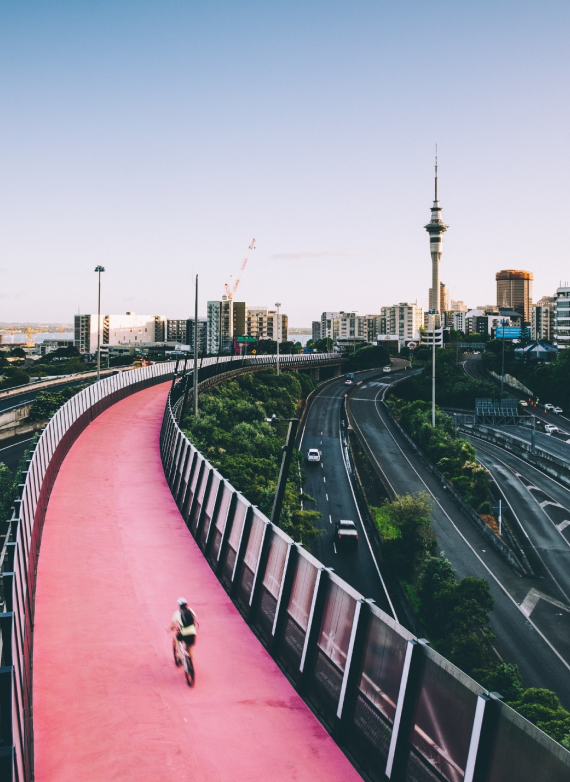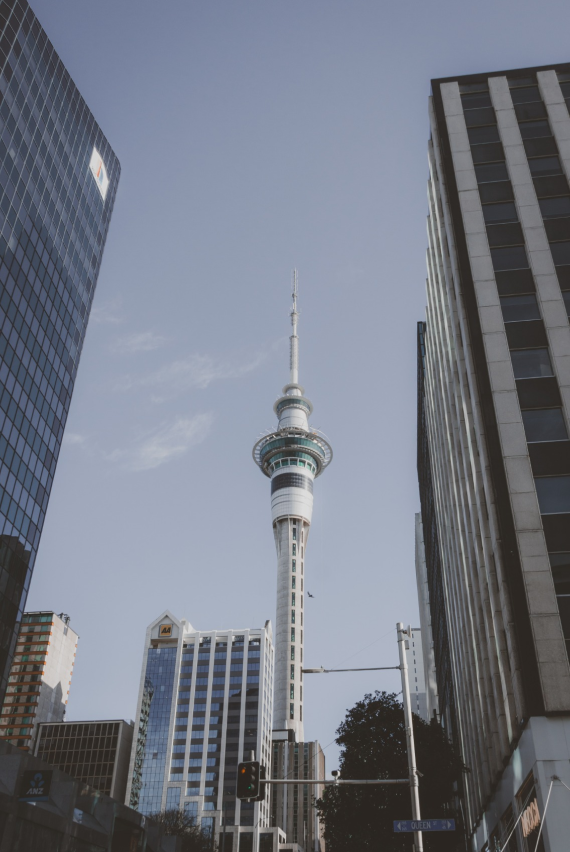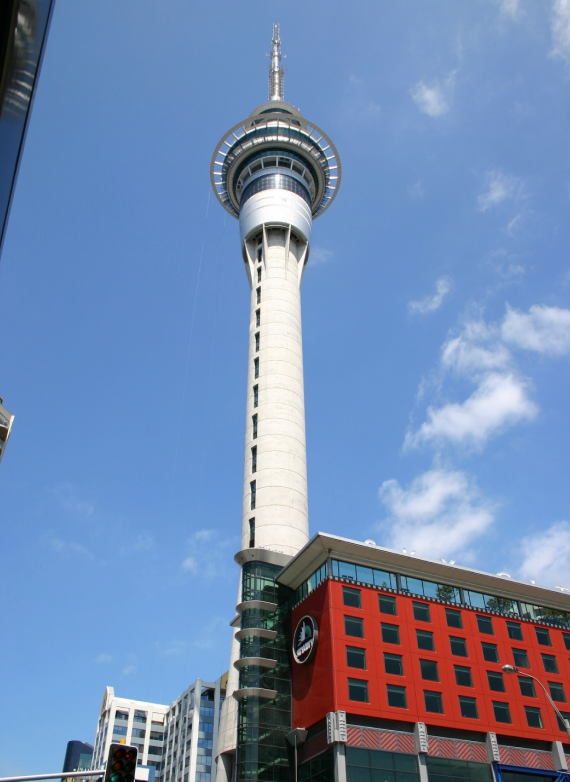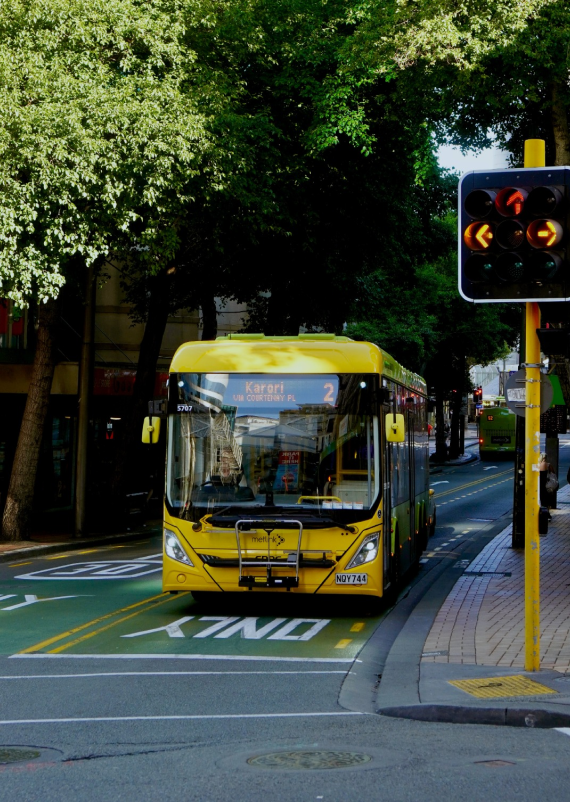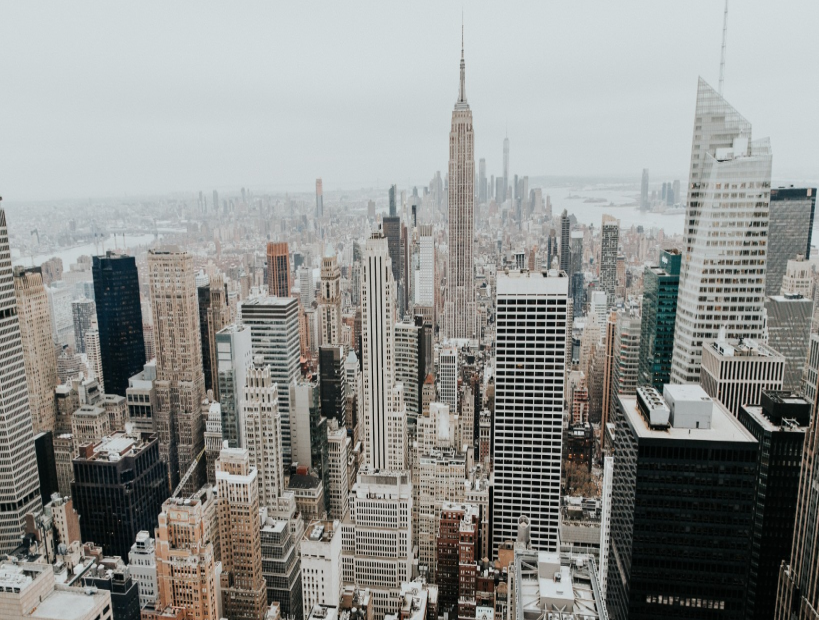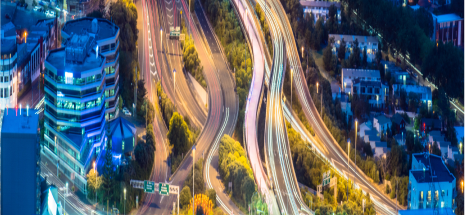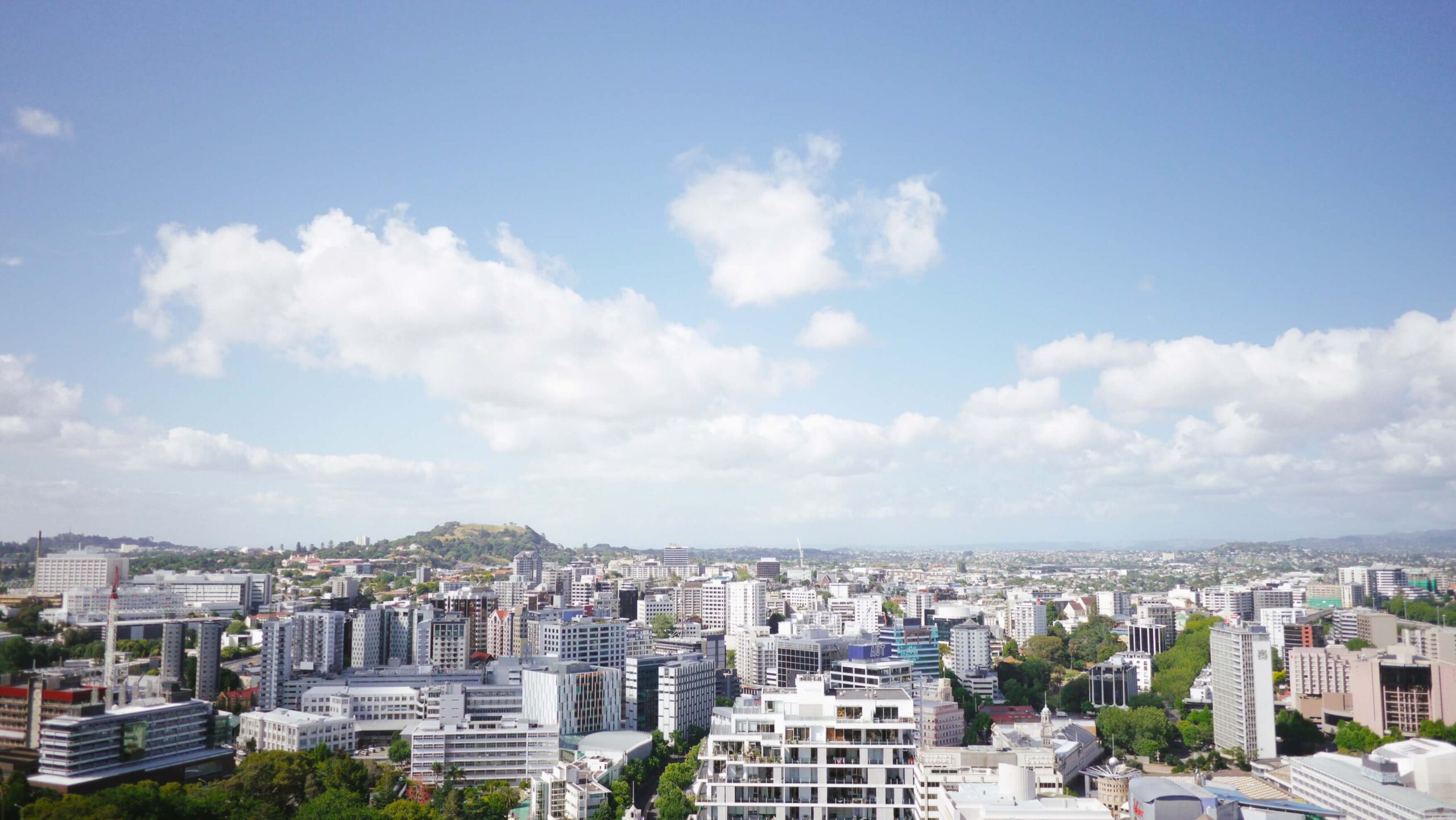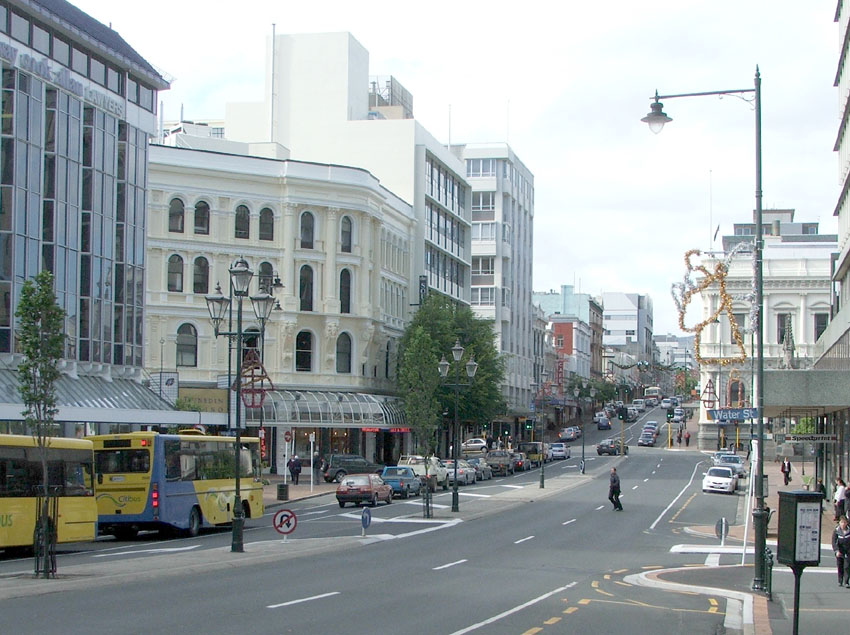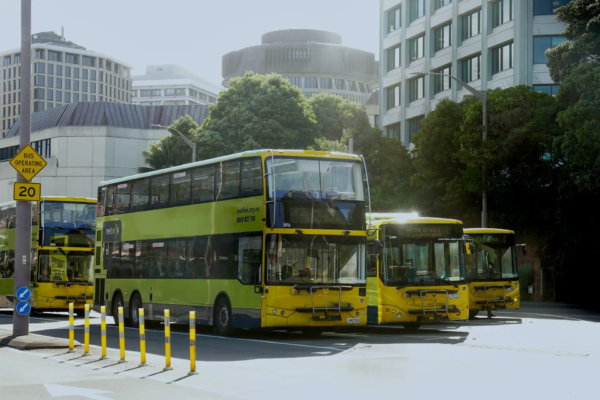17 Complete street policies
17.0.1 Description
Complete streets refers to roads designed to accommodate diverse modes, users and activities including walking, cycling, public transit, automobile, nearby businesses and residents. Such street design helps create more multi-modal transport systems and more livable communities. For example. the Streetspace Allocation Option Generation Tool (https://ifpedestrians.org/roadoptions/public), developed by the Centre for Transport Studies at University College London for the European Union’s MORE (Multi-modal Optimization of Roadspace in Europe) helps redesign, reallocate, or regulate streetspace to meet specific community policy goals, including accommodating various modes, minimizing pollution emissions and supporting local economic development.
17.0.3 How travel and emission effects, including long-run, can be measured and modelled
Complete streets tend to have various transport and community development impacts:
- Lower motor vehicle traffic speeds. Complete streets often reduce maximum traffic speeds, typically from 30-50 miles (50-80 kms.) down to 20-30 miles (30-40 kms.) per hour. This reduces mobility, the distances motorists can travel in a given time period.
- Increased safety - Lower traffic speeds tend to reduce traffic collision rates and severity, and therefore crash costs, particularly injury risk for pedestrians and cyclists (HSIS 2010).
- Improved non-motorized conditions - Complete streets generally include wider sidewalks, better crosswalks, bike lanes and reduced traffic speeds, which improve walking and cycling convenience, comfort and safety.
- Improved public transit service - Complete streets often include improved bus stops and pedestrian access, and sometimes bus-lanes which increase public transit speed, reliability, comfort and efficiency.
- Mode shifts - By improving walking, cycling and public transit, and reducing maximum vehicle traffic speeds, complete streets encourage shifts from automobile to alternative modes, reducing total vehicle travel.
- Reduced local air and noise pollution - By reducing traffic speeds and total motor vehicle travel, and improving bus flow, complete streets tend to reduce local air and noise pollution.
- Improved aesthetics – Complete streets often include landscaping and other design changes that tend to be more attractive.
- Improved livability - By improving walkability, accessibility and aesthetics, and reducing pollution, complete streets tend to improve livability (local environmental quality and affordability).
- Increase economic activity and local property values – By improving livability, complete streets can increase local business activity and property values.
17.0.5 Key Information sources
Aldred, R., & Sharkey, M. (2018). Healthy Streets: A Business View. 48.
UKHealthy Streets assessment.
Litman, Todd (2015) Evaluating complete streets. https://www.vtpi.org/compstr.pdf
Transport for London. (2019). Streetscape Guidance. Fourth Edition, 337.
Detail on extent of London Streetscape programme.
Wild, K., Hawley, G., Woodward, A., Thorne, R., & Mackie, H. (2020). Street space reallocation to fight COVID-19: Opportunities and challenges for New Zealand.
Lessons from Covid-induced street changes.

